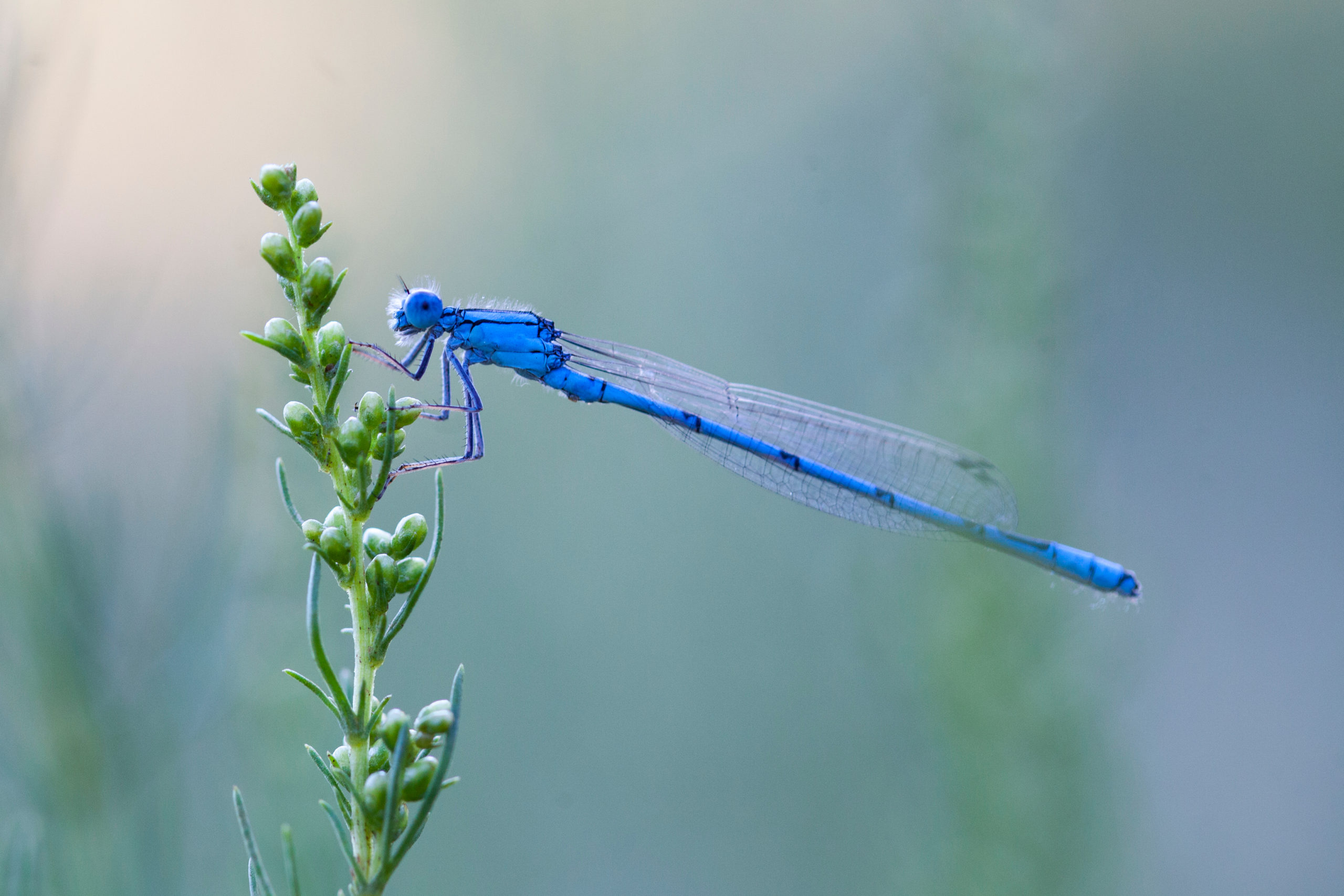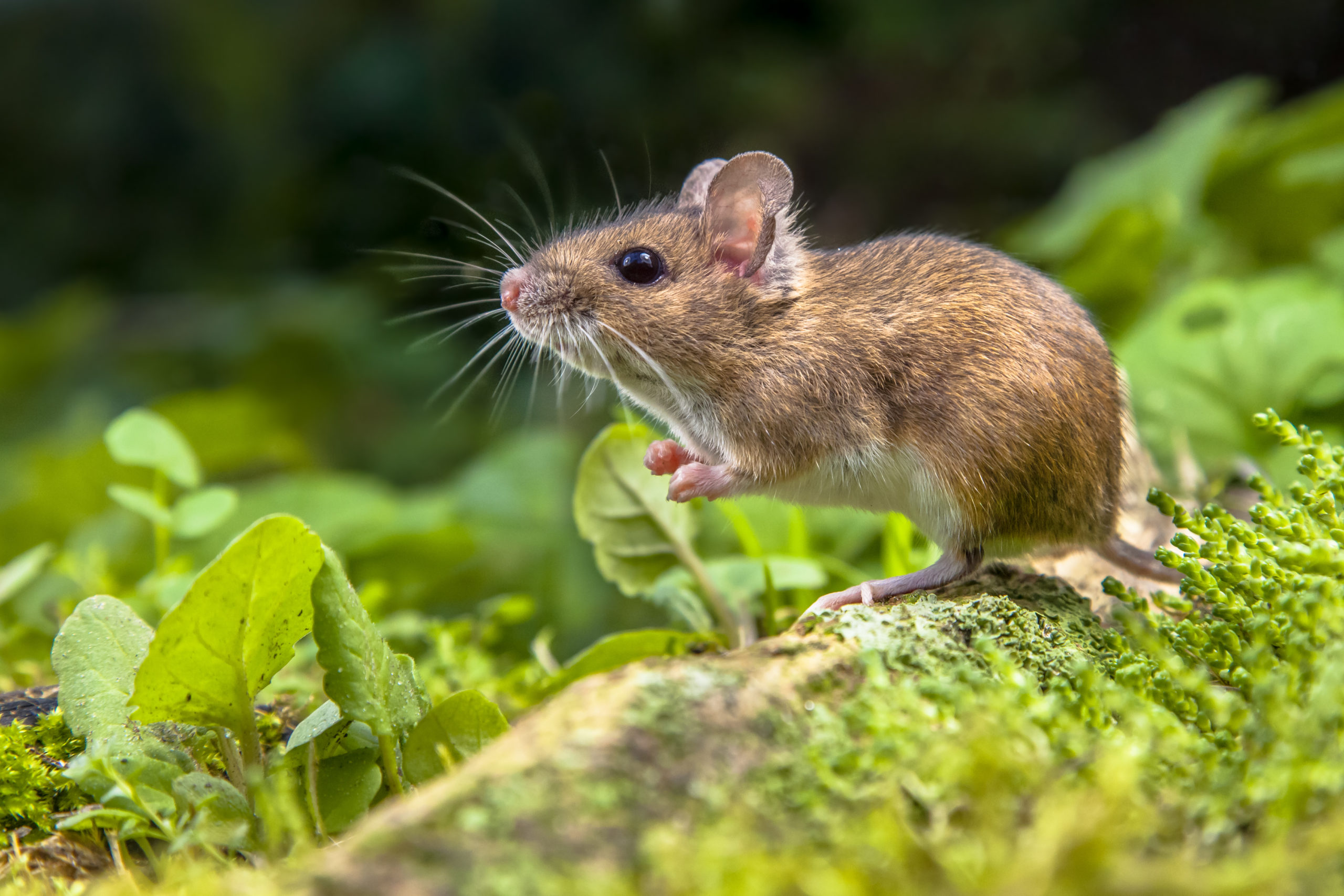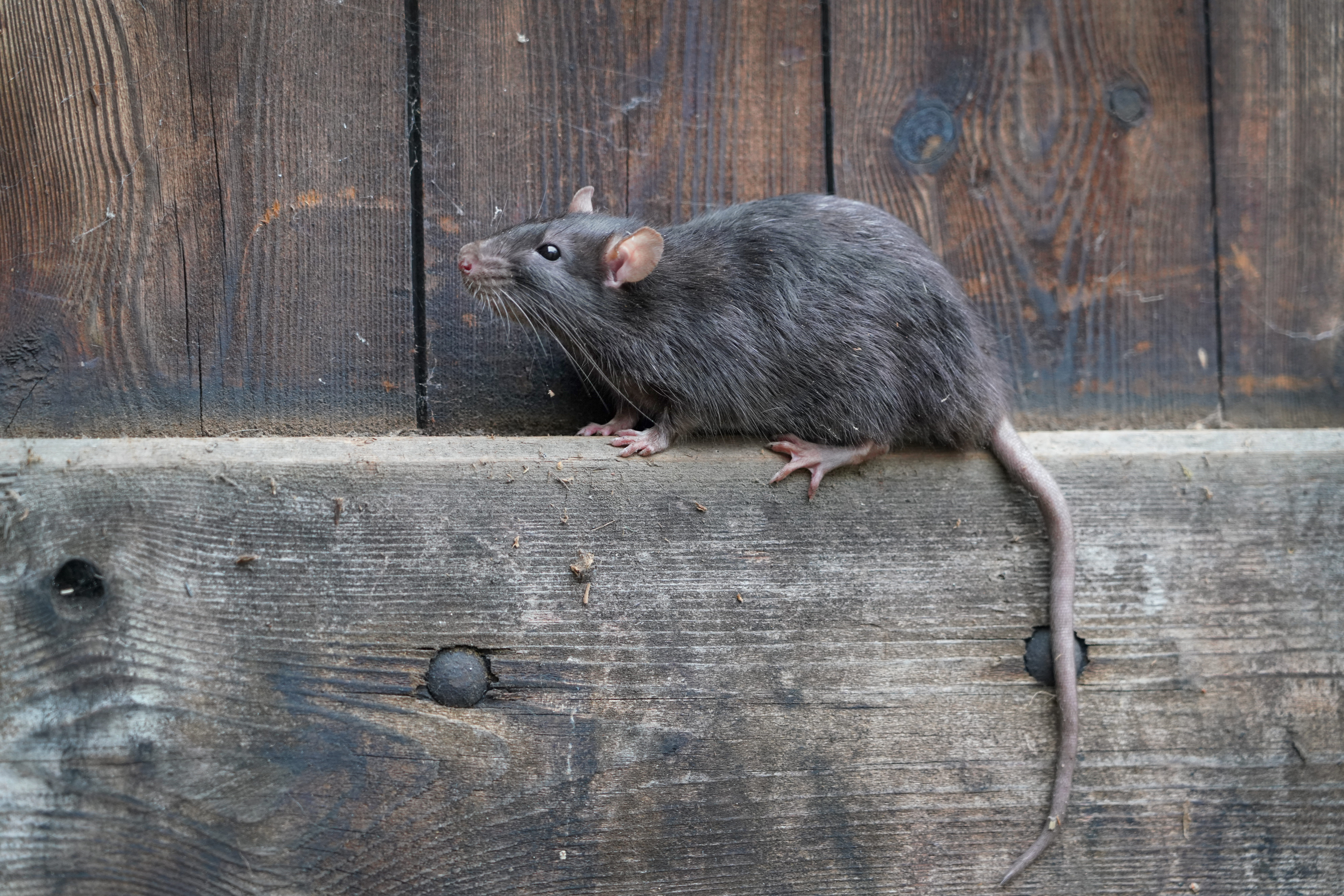Pest Look-Alikes – Part 3
Pest Look-Alikes – Part 3
There are a number of pests that look very similar but are, in fact, very different. In this blog series, we breakdown some of the most commonly confused pests and their differences. Today’s blog covers Dragonflies and Damselflies as well as Mice and Rats.
Dragonflies and Damselflies
(**While these insects are not technically pests, we wanted to include them because they are often confused and their differences are fascinating)
Damselflies are often misidentified as a type of dragonfly; however, they are actually a species of their own. Both insects are in the order Odonata, meaning ‘toothed one,’ but dragonflies are a subspecies called Anisoptera and Damselflies are in the Zygoptera subspecies. They are both colorful flying insects that tend to inhabit areas around bodies of water. Both are also very similar in body shape but do have a few key differences.
Dragonflies are typically much larger than their cousins measuring at an average of 1-4 inches with bulky bodies and a more compact overall physique. Damselflies, on the other hand, are so named for their delicate frames, and more soft appearances. Their bodies are long and spindly, roughly the shape of a narrow twig, and range from roughly ¾ to 1¾ of an inch in length.
Both Odonata have large compound eyes that help them to see nearly 360°. The eyes of dragonflies are proportionally massive to their bodies and nearly covering their entire heads and, in some cases, their eyes even touch on the top of their heads. In contrast, damselfly eyes are notably separate and smaller, but still proportionally large compared to their bodies and heads. Their wings are also both membranous and transparent but are actually a huge indicator of the differences between these creatures. On dragonflies, their rear wings are larger at the base than on at the tips, and both sets of wings are rather wide. Also, when dragonflies land, they rest with their open, displaying their four wings perpendicular to their bodies. For damselflies, their wings taper at the base, are delicate and thin throughout, and their wings are held parallel to their bodies and folded in together at rest.
While Odonata have a lot of similarities in their early life stages there are still a number of differences between dragonflies and damselflies that set them apart. The larval stages of both creatures are spent underwater as they lay their eggs in an aquatic setting. At this time, dragonflies will be nearly their size full-grown, roughly measuring in at 2 inches long, while damselfly larva are much smaller, typically under an inch, and sport a wispy trident-shaped tail.


Mice and Rats
Mice and rats are both rodents but have a massive number of differences. In general, mice are far smaller measuring between 1- 4 inches in length and weight between 0.4 – 1 ounce, while rats can be far larger, averaging between 10 -16 inches long and weighing in at up to 11 ounces. Mice also tend to have small, triangular shaped nuzzles that are daintier in appearance to the broad, blunt snouts of rats. Both rodents also have long, thin tails, although the tails of mice are typically covered in fur, while the tails of rats tend to be naked skin. Furthermore, the ears of mice are often very large compared to their small, dainty heads while the ears or rats are far smaller and more proportionate to their heads.
Aside from appearance, these two pests also differ quite a lot in their other attributes and habits. For example, mice tend to inhabit areas of homes that are close to food sources, such as kitchens, beneath sinks, or inside walls. Rats are far less likely to nest in areas that are as highly trafficked by people, opting instead for more reclusive places such as attics, basements, eaves, wall cavities, sheds, and even outdoor burrows. Both rodents are also omnivorous and opportunistic eaters, but rats are drastically more adventurous with the extent of their menus as opposed to mice.
Mice and rat infestations can even be identified from one another simply by the droppings these pests leave behind. Mice droppings are tiny, look like brown/black grains of rice, and are seen a significant amount each day (up to even 100 droppings). Rats produce far fewer droppings (between 20-50) though their droppings are larger (measuring about 3/4ths of an inch) and rounded.


Citations
Egnoto, C. (2017) All About Dragonflies and Damselflies, YouTube. Nature Now. Available at: https://www.youtube.com/watch?v=eyFg59V2eHA (Accessed: June 2020).
Hadley, D. (2019) How to Distinguish Between a Dragonfly and a Damselfly, Thought Co. Available at: https://www.thoughtco.com/difference-between-a-dragonfly-and-a-damselfly-1968359 (Accessed: June 2020).
Heimbuch, J. (2020) How to Tell the Difference Between a Dragonfly and a Damselfly, Treehugger. Available at: https://www.treehugger.com/how-to-tell-difference-between-dragonfly-and-damselfly-4864536 (Accessed: June 2020).
Introduction to the Odonata (N/A) Berkeley University of California. UC Museum of Paleontology. Available at: https://ucmp.berkeley.edu/arthropoda/uniramia/odonatoida.html (Accessed: June 2020).

